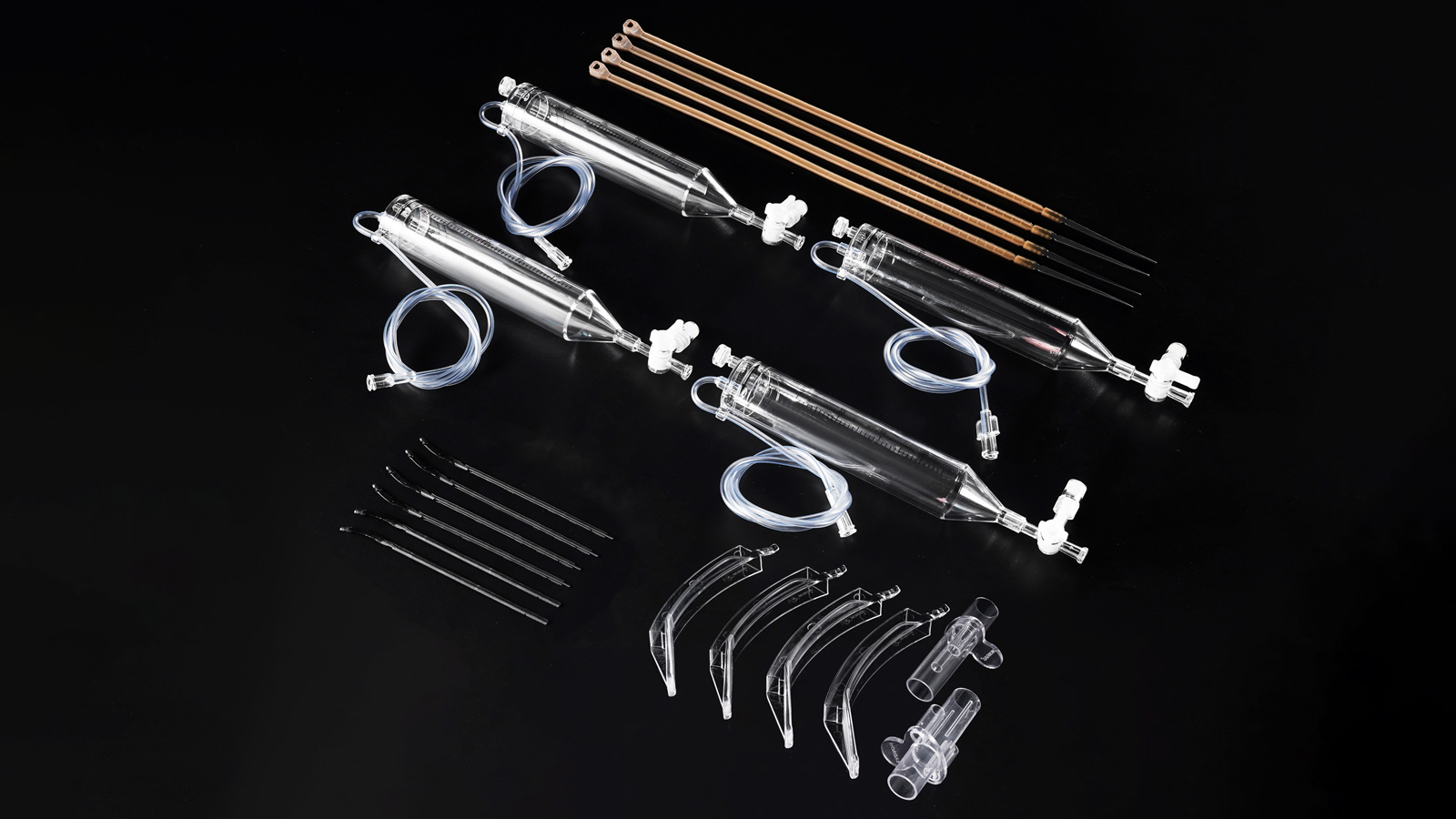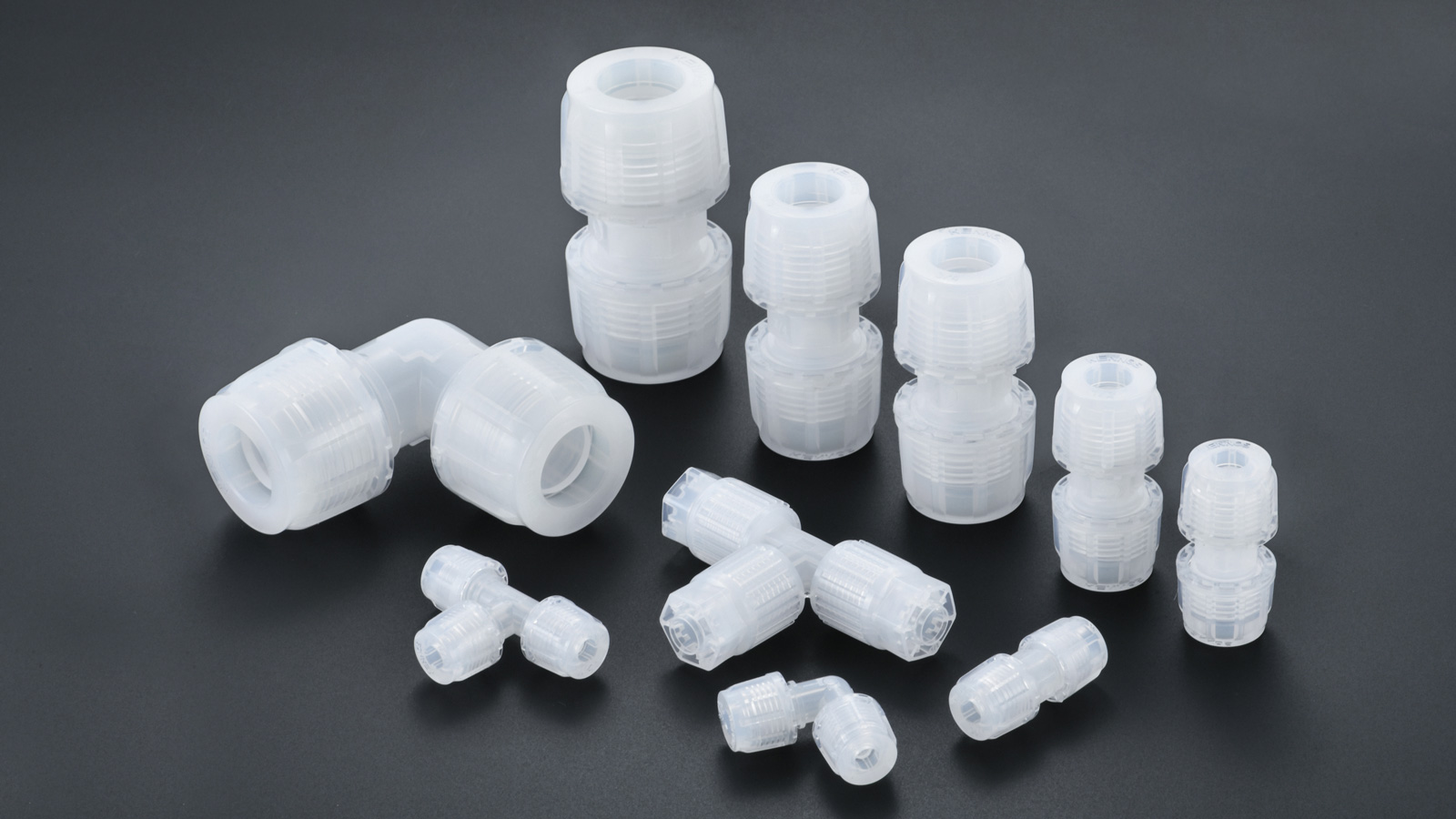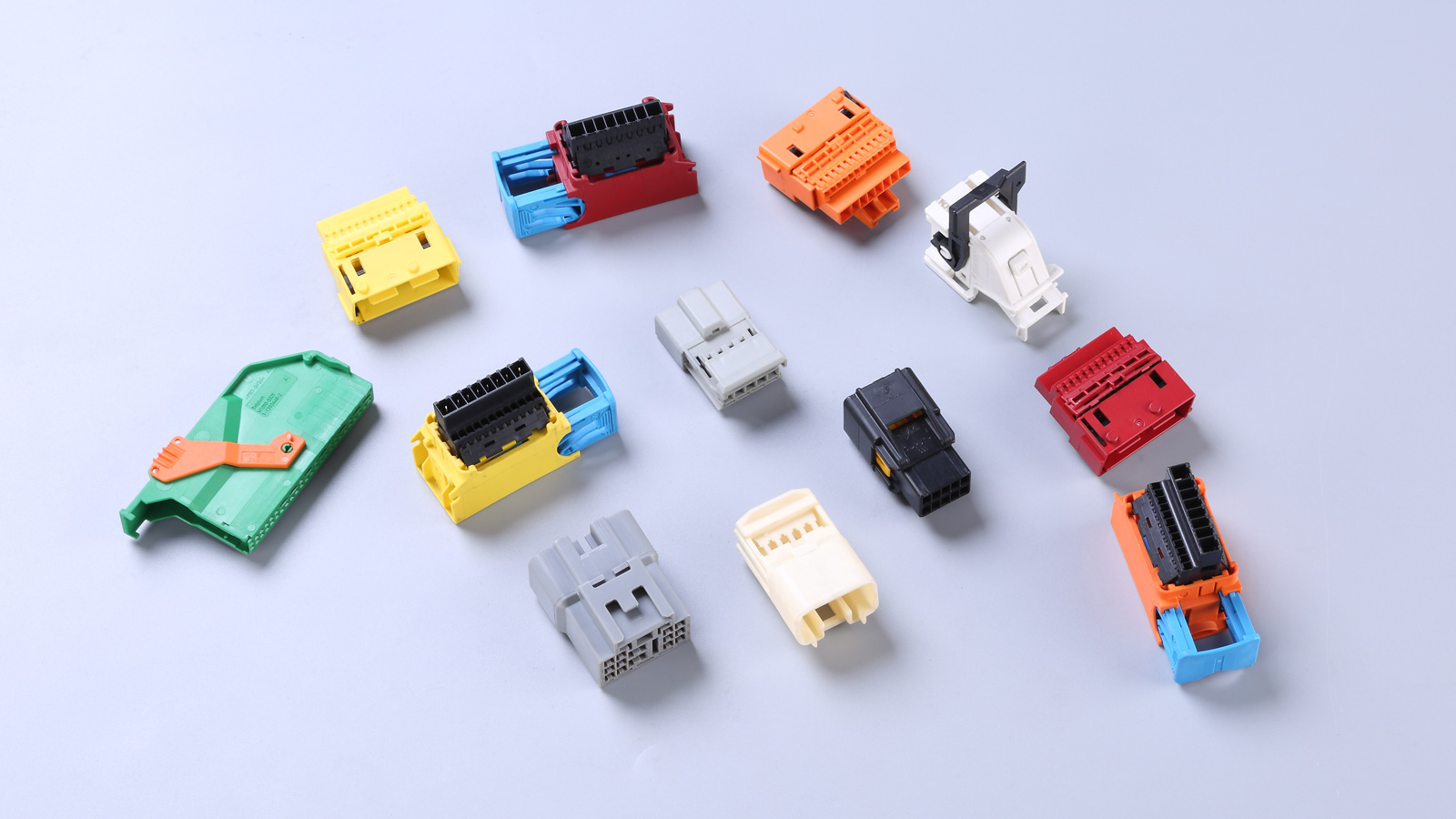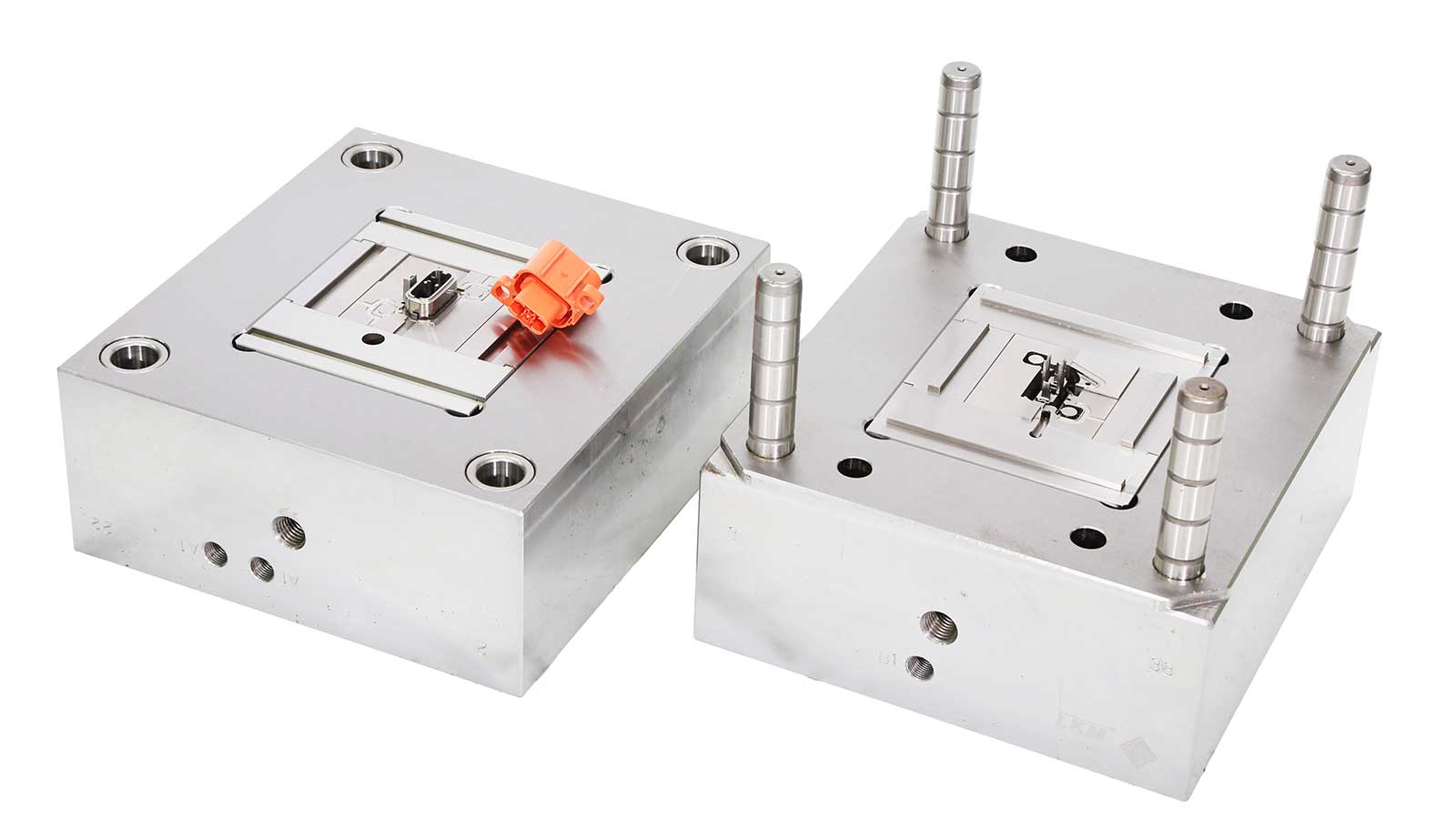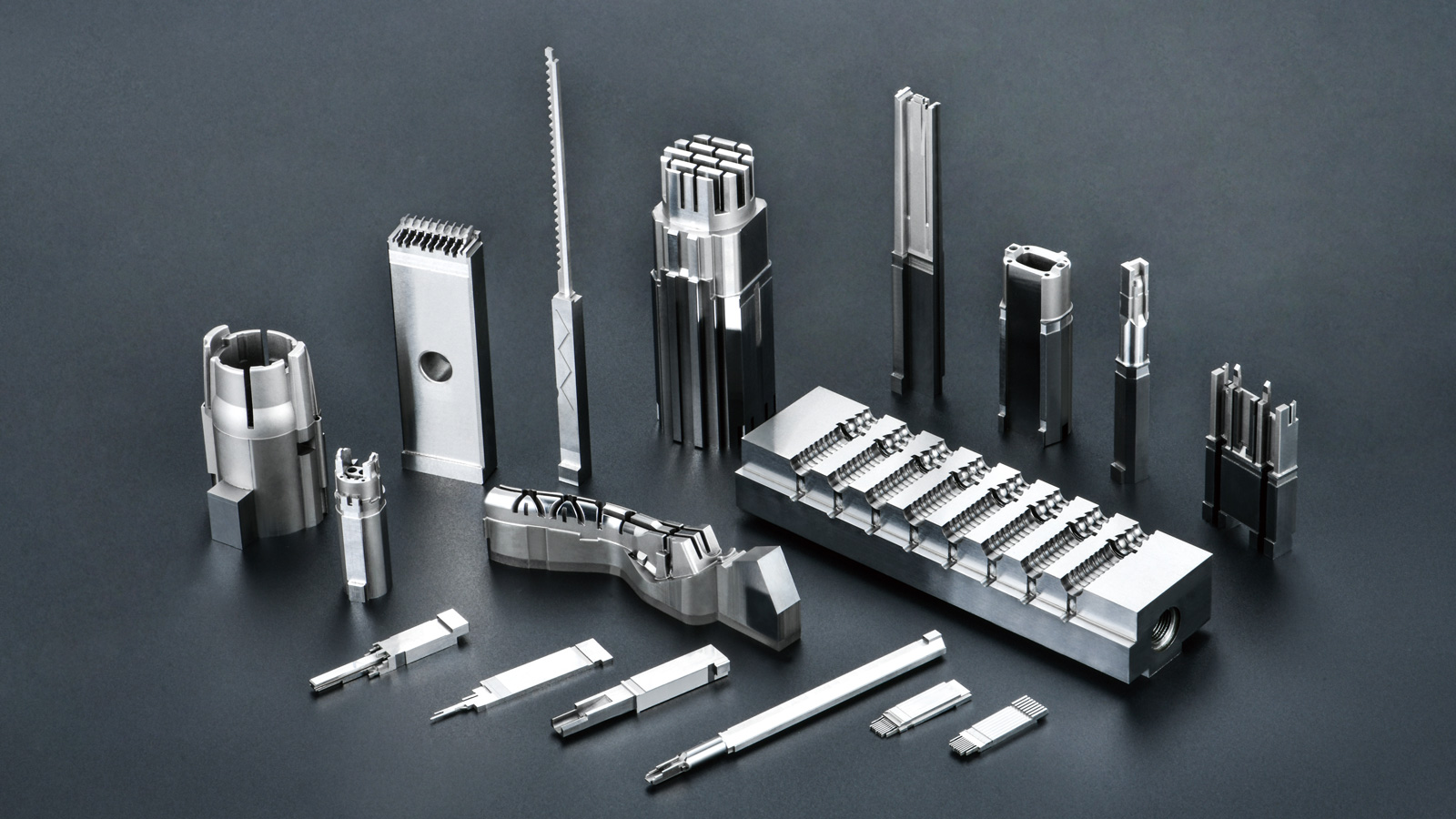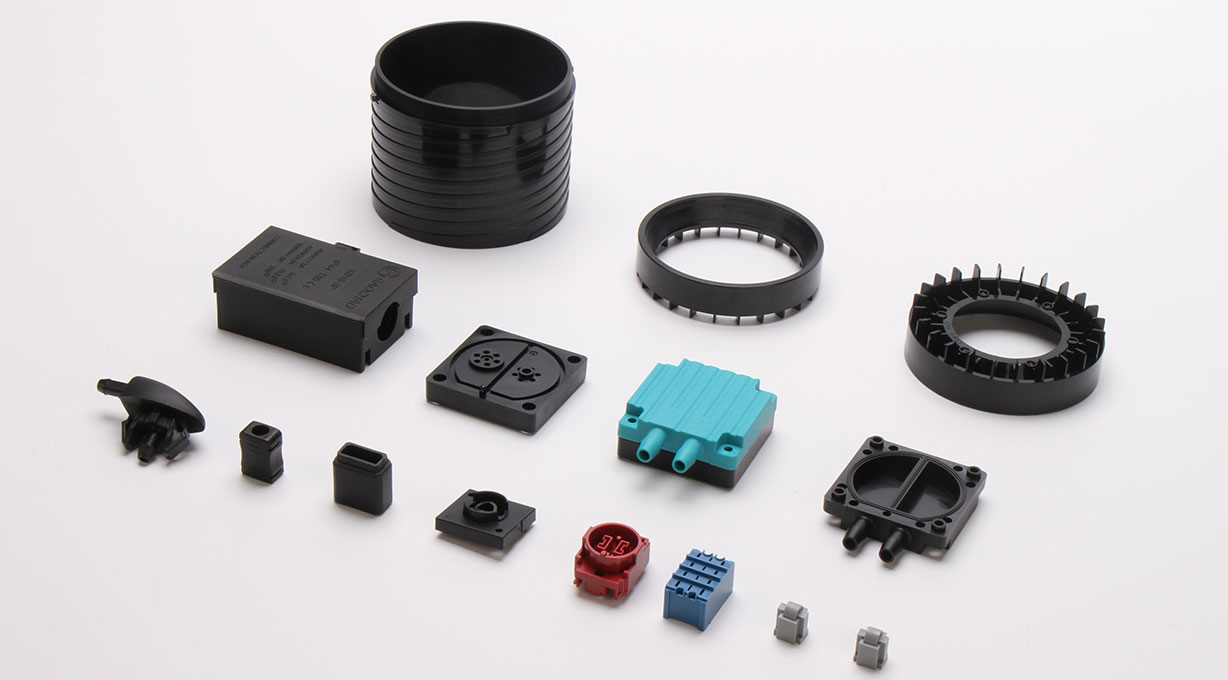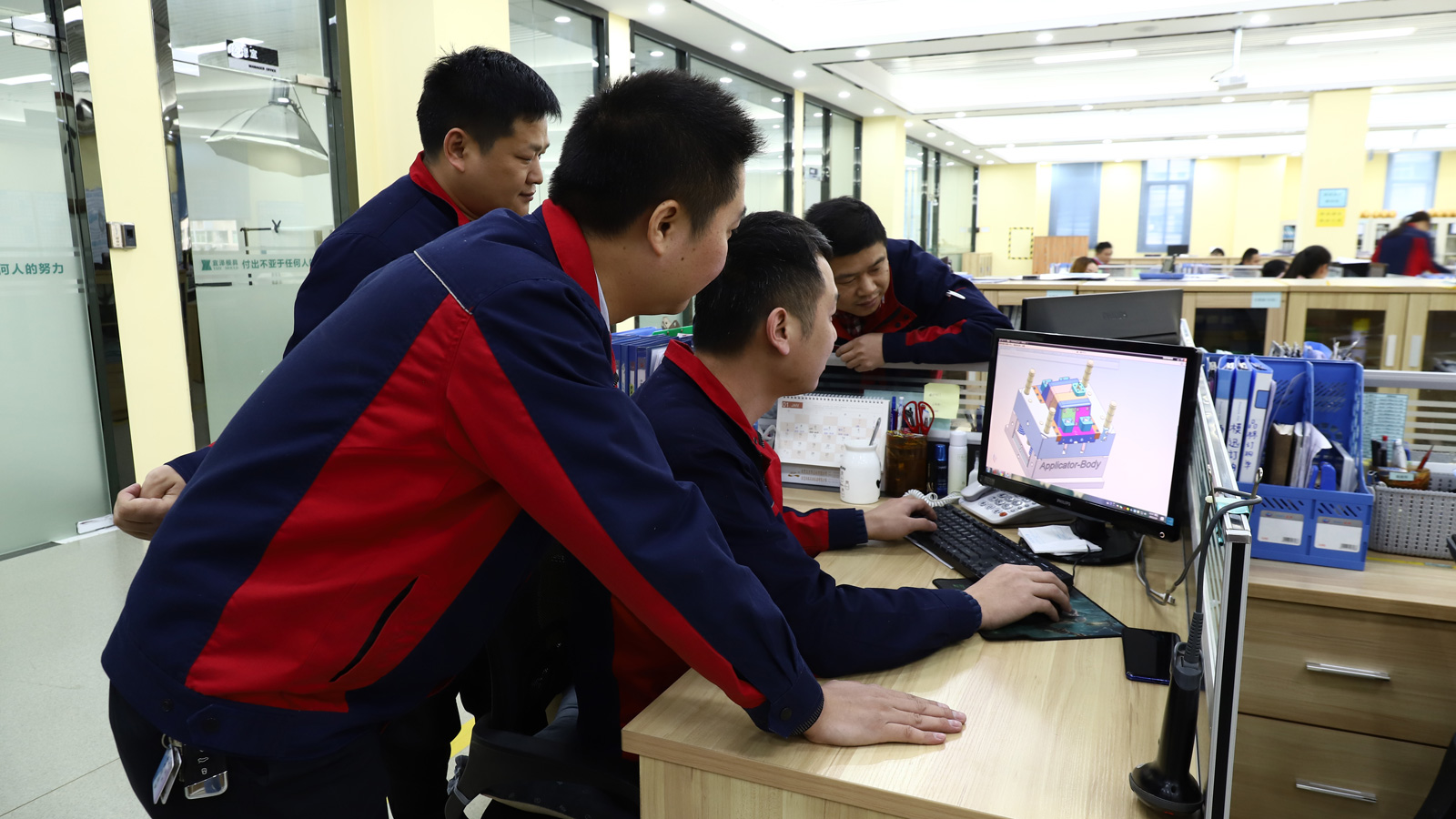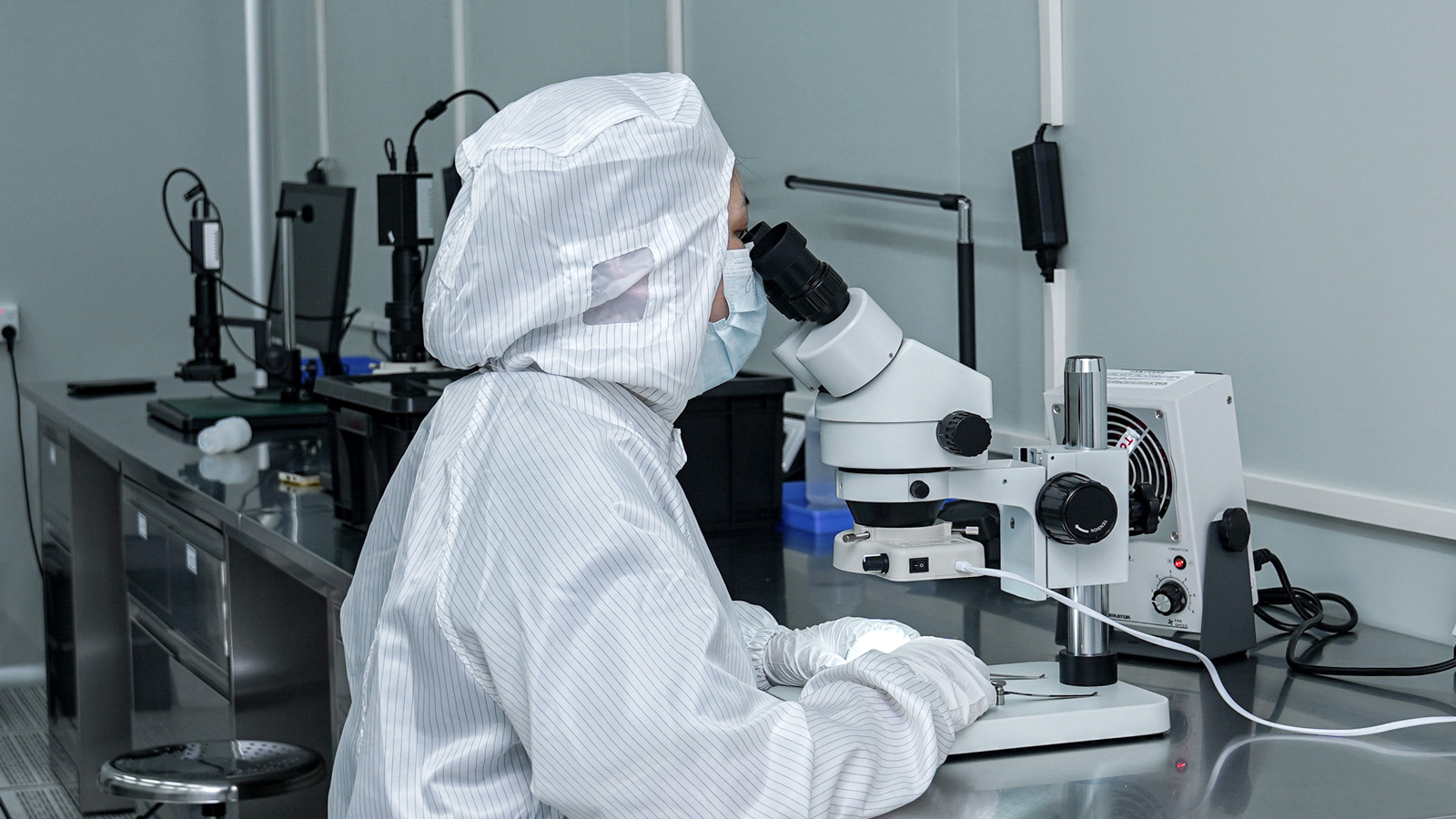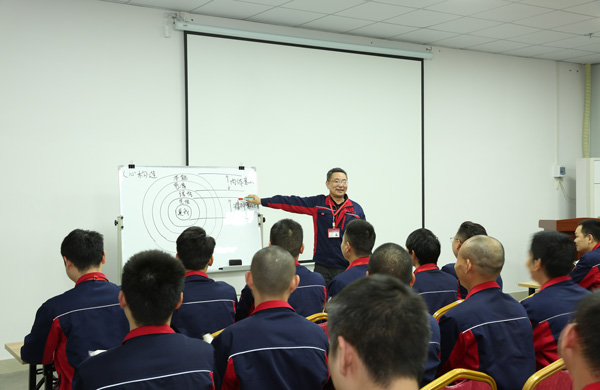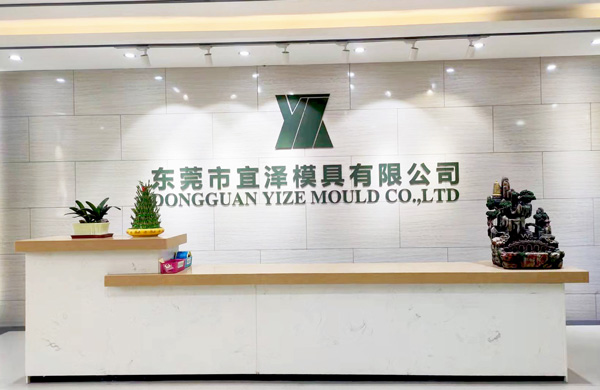In the field of injection mold design and production, runner balance serves as a crucial indicator for measuring the uniformity of filling in multi-cavity molds. Compared with single-cavity molds, although multi-cavity molds can achieve mass production of parts at a lower cost, their complex structures necessitate a balanced design to ensure production quality and efficiency. The following will elaborate on six key factors that influence runner balance.
Runner Length
Runner length refers to the flow path length from the material inlet to each cavity. In multi-cavity molds, to ensure runner balance, the flow lengths for all cavities must be identical. If there are discrepancies in runner lengths, differences in filling time, pressure, and other parameters will occur as the material fills each cavity, thereby disrupting balance and affecting product quality.
Runner Diameter
The significance of runner diameter for runner balance cannot be overstated. Its flow diameter should be compatible with each cavity. Arbitrary changes to the flow diameter in runner system design can disrupt the original runner balance. For instance, increasing the diameter of a particular runner will increase the material flow rate within it, causing faster filling of the corresponding cavity and potential overfilling. Conversely, reducing the diameter may result in insufficient cavity filling, leading to a series of quality issues.
Cross-Sectional Area of the Gate
In multi-cavity molds, adjusting the size of the gate is vital for achieving simultaneous feeding of all cavities, ensuring synchronous filling. Additionally, the gate plays a role in preventing premature solidification of the melt and backflow within the cavity. Typically, the gate is designed to have the smallest cross-section in the gating system. This not only facilitates the separation of the plastic part from the gate after injection molding but also better controls the flow state of the melt, maintaining runner balance.
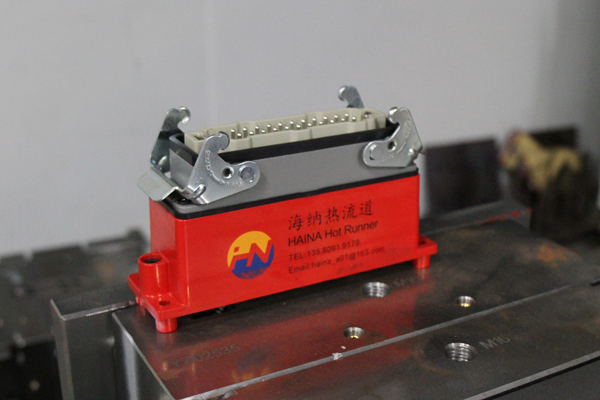
Cooling
An effective cooling system is essential for ensuring uniform mold temperature distribution in injection molds. If the mold cooling is uneven, temperature differences across different areas will lead to inconsistent material shrinkage rates, thereby disrupting runner balance. For example, areas with higher temperatures will have a greater material shrinkage rate, potentially causing insufficient cavity filling, while areas with lower temperatures will have a smaller shrinkage rate, possibly resulting in surface defects on the product. Therefore, it is necessary to design reasonable cooling channels to guarantee consistent cooling effects across all mold parts and maintain runner balance.
Venting
During the injection process, gases are generated within the mold cavity for various reasons, such as material decomposition and trapped air. If these gases cannot be fully expelled during injection, they will cause molding defects in plastic parts, such as bubbles, incomplete filling, and weld lines. Moreover, the accumulation of gases can impede the normal flow of the melt, leading to inconsistent filling of each cavity. Therefore, setting up a proper venting system to ensure the timely and smooth expulsion of gases is a crucial aspect of maintaining runner balance.
Clamping Pressure
The uniformity of clamping pressure on the injection mold has a direct impact on runner balance. If the clamping pressure varies across different parts of the mold, it will result in uneven mold sealing, thereby affecting venting performance. Uneven venting will cause uneven gas distribution within the cavity, obstructing melt flow and creating differences in cavity filling, disrupting runner balance. Therefore, it is imperative to ensure uniform clamping pressure across the mold during the injection production process to guarantee runner balance and product quality.
In conclusion, these six factors—runner length, runner diameter, cross-sectional area of the gate, cooling, venting, and clamping pressure—are interrelated and mutually influential, collectively determining the runner balance state of injection molds. During mold design and production, it is necessary to comprehensively consider these factors and conduct precise design and optimization to ensure stable and efficient production of multi-cavity molds.
